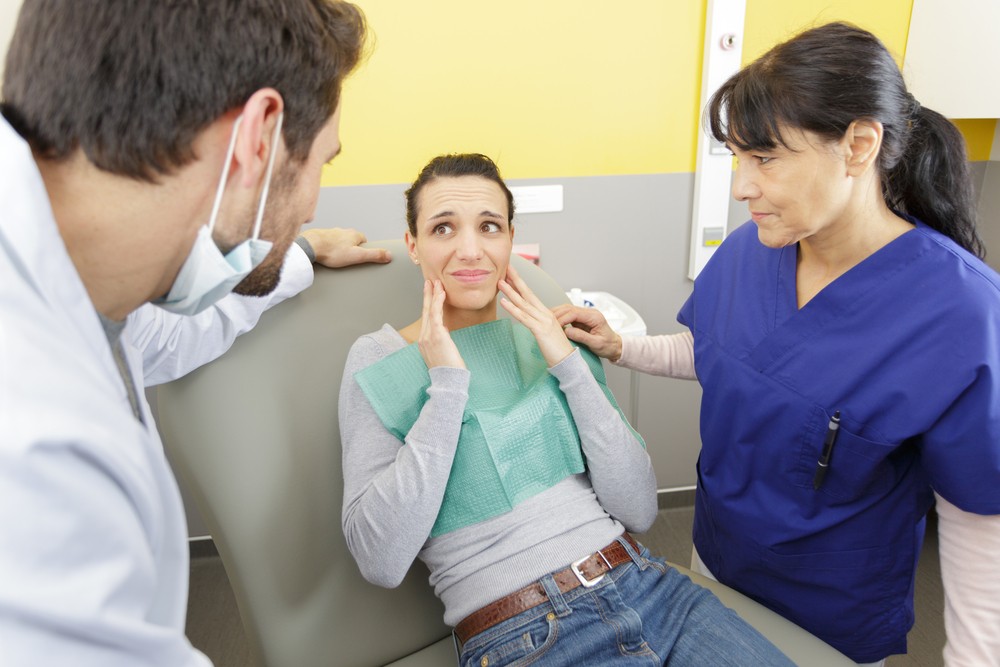
December 9, 2023, 11:58 am
Effective communication is a cornerstone of quality dental care. Dentists and their teams must not only be skilled clinicians but also attentive listeners. It's essential to understand that patient communication goes beyond conveying information—it involves actively listening to patients' concerns, questions, and feedback. In this blog, we will explore the significance of being attentive and present to truly hear what your patients are saying.
The Value of Active Listening:
Active listening is a communication skill that involves fully concentrating, understanding, and responding to what a person is saying. In the context of dentistry, it's a critical skill for both dental professionals and their teams. Here's why active listening is so important:
1. Building Trust:
When patients feel that their concerns and questions are heard and addressed, they develop a sense of trust in their dental care providers. Trust is a foundational element of a strong dentist-patient relationship.
2. Accurate Diagnosis:
Dentists need to gather comprehensive information from patients to make an accurate diagnosis. Active listening helps in understanding patients' symptoms, medical history, and concerns, which is essential for precise treatment planning.
3. Tailoring Treatment Plans:
Every patient is unique, and their dental care needs can vary significantly. Active listening allows dental professionals to customize treatment plans that align with each patient's specific requirements.
4. Patient Education:
Educating patients about their oral health is a key aspect of dental care. Active listening enables dental teams to identify areas where patients need additional information and provide the necessary education.
5. Addressing Dental Anxiety:
Many patients experience dental anxiety. By actively listening to their fears and concerns, dental professionals can implement strategies to make the patient's experience more comfortable and less stressful.
6. Preventing Miscommunication:
Miscommunication can lead to misunderstandings and dissatisfaction. Active listening helps reduce the risk of miscommunication, ensuring that patients and dental teams are on the same page.
7. Encouraging Open Dialogue:
When patients know that their dental care providers are actively listening, they are more likely to express their concerns, ask questions, and participate in meaningful discussions about their oral health.
Effective Communication Techniques:
To ensure effective communication and active listening in your dental practice, consider the following techniques:
1. Maintain Eye Contact:
When speaking with a patient, make sure to maintain eye contact to show that you are engaged and attentive.
2. Minimize Distractions:
Create a quiet and focused environment during patient consultations to reduce distractions that may hinder effective listening.
3. Ask Open-Ended Questions:
Encourage patients to share their thoughts and concerns by asking open-ended questions that go beyond a simple "yes" or "no" response.
4. Paraphrase and Clarify:
Repeat what the patient has said in your own words to confirm your understanding and allow the patient to correct any misunderstandings.
5. Empathize:
Express empathy and understanding for the patient's concerns, even if you cannot fully relate to their experiences.
6. Be Patient:
Give patients time to express themselves, and avoid interrupting them, even if you feel you already know the answer.
7. Take Notes:
Make brief notes during consultations to capture important patient information and concerns. This shows that you value their input.
Handling Challenging Situations:
In dental practice, you may encounter situations where patients have concerns or are dissatisfied. Effective communication and active listening become even more crucial in such instances. Here's how to navigate challenging conversations:
1. Remain Calm:
Stay composed and empathetic, even if the patient is upset or frustrated.
2. Listen Without Interruption:
Allow the patient to express their concerns fully without interruption.
3. Acknowledge Their Feelings:
Let the patient know that you understand their perspective and that their feelings are valid.
4. Offer Solutions:
Propose solutions or alternatives to address their concerns and work towards a resolution.
5. Follow Up:
After the initial conversation, follow up with the patient to ensure that the resolution is satisfactory and that they are comfortable moving forward.
Conclusion:
Active listening is a fundamental skill that dental professionals and their teams should cultivate to provide exceptional patient care. It enhances trust, accuracy of diagnosis, tailored treatment plans, and patient education. By actively listening to their patients, dental care providers can foster positive dentist-patient relationships, prevent misunderstandings, and create a more supportive and collaborative environment for oral health care. Remember, don't be too busy talking to hear what your patients are saying, as their words often contain valuable insights and concerns that can lead to better patient care and satisfaction.
